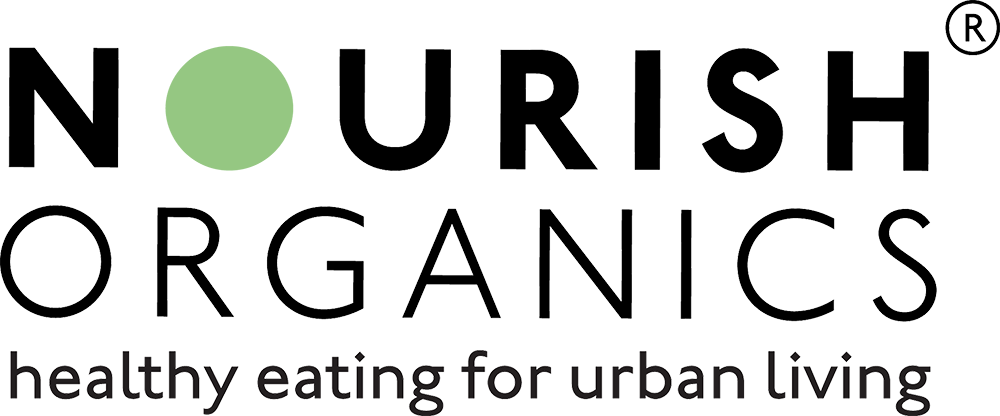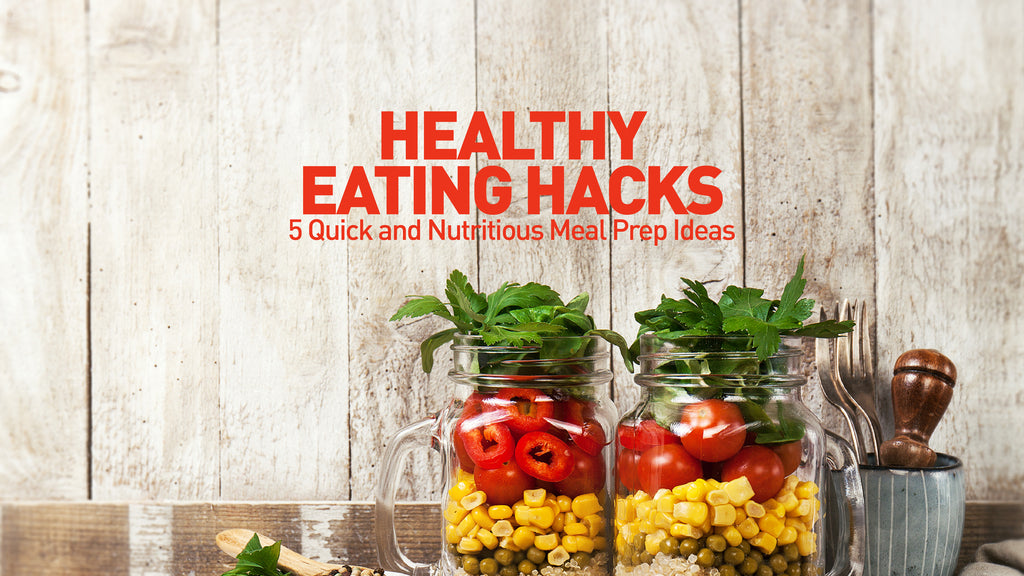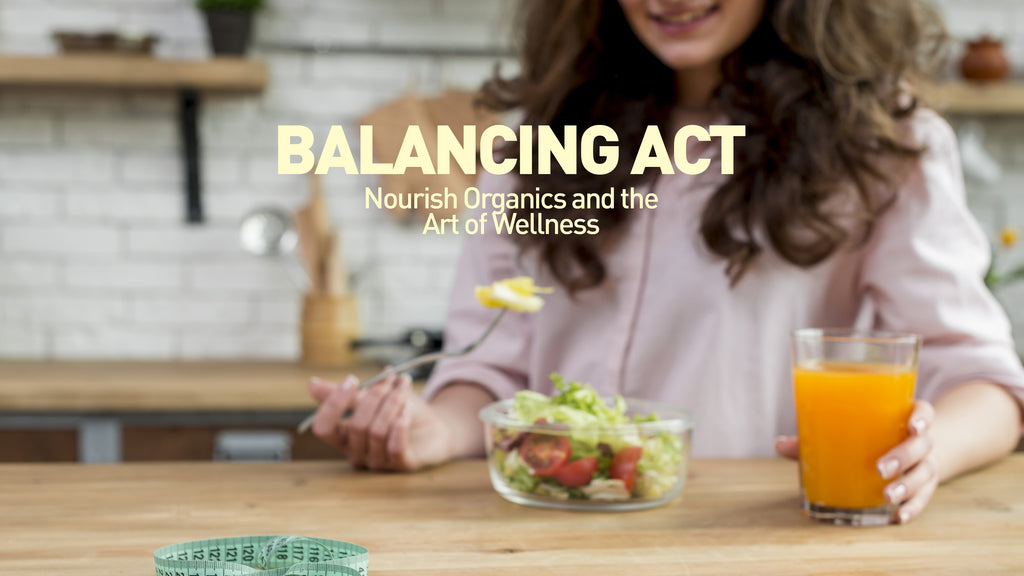
A Quick Guide To Reading Nutrition Labels

Step 1
Study the ingredient list
Ingredients are listed by quantity — from highest to lowest. A good rule of thumb is to scan the first three ingredients, as they make up the largest part of what you’re eating.
Step 2
Look at the serving size
Take a look at the number of servings in the package (servings per container) and the serving size. Compare this to the amount of food you actually eat. For example, if your serving size is for one cookie and you eat two, you need to double each listed amount.
Step 3
Count Your Calories
The number of servings you consume determines the number of calories you actually eat, so calculate accordingly.
Step 4
Add Daily Value to your Life
The percent daily value (% DV) shows you if a food has a little or a lot of a particular nutrient.
- 5% DV or less is a little of a nutrient
- 20% DV or more is a lot of a nutrient
Usually, it’s best to choose foods that are:
- Higher in %DV for Dietary Fiber, Vitamin D, Calcium, Iron, and Potassium
- Lower in %DV for Saturated Fat, Sodium, and Added Sugars
Step 5
Check the Sweet-o-Meter
Sugar goes by countless names — many of which you may not recognize. To avoid accidentally consuming a lot of sugar, watch out for the following names of sugar in ingredient lists – buttered sugar, caster sugar, confectioner’s sugar, carob syrup, golden syrup, rice syrup, corn sweetener, crystalline fructose, dextran, ethyl maltol, fructose, fruit juice concentrate, galactose, glucose.















